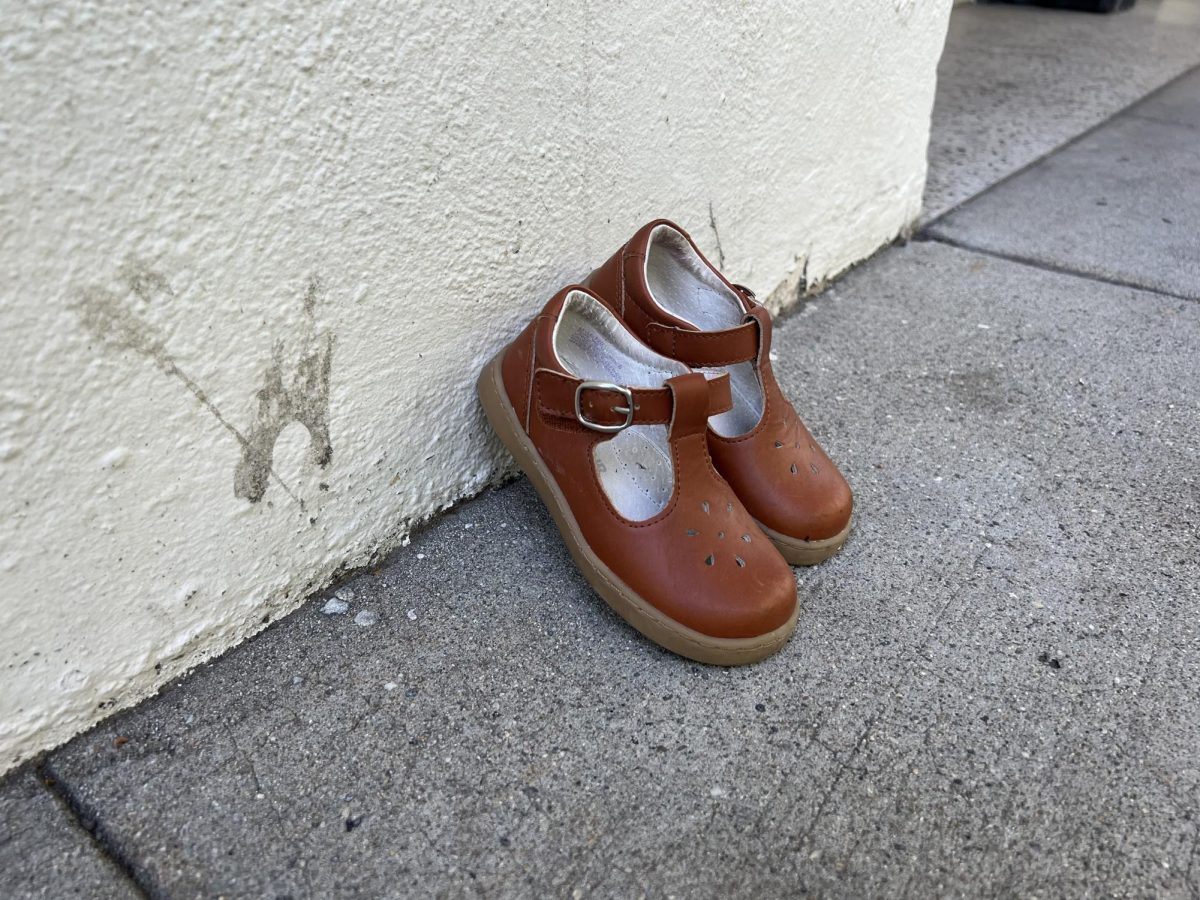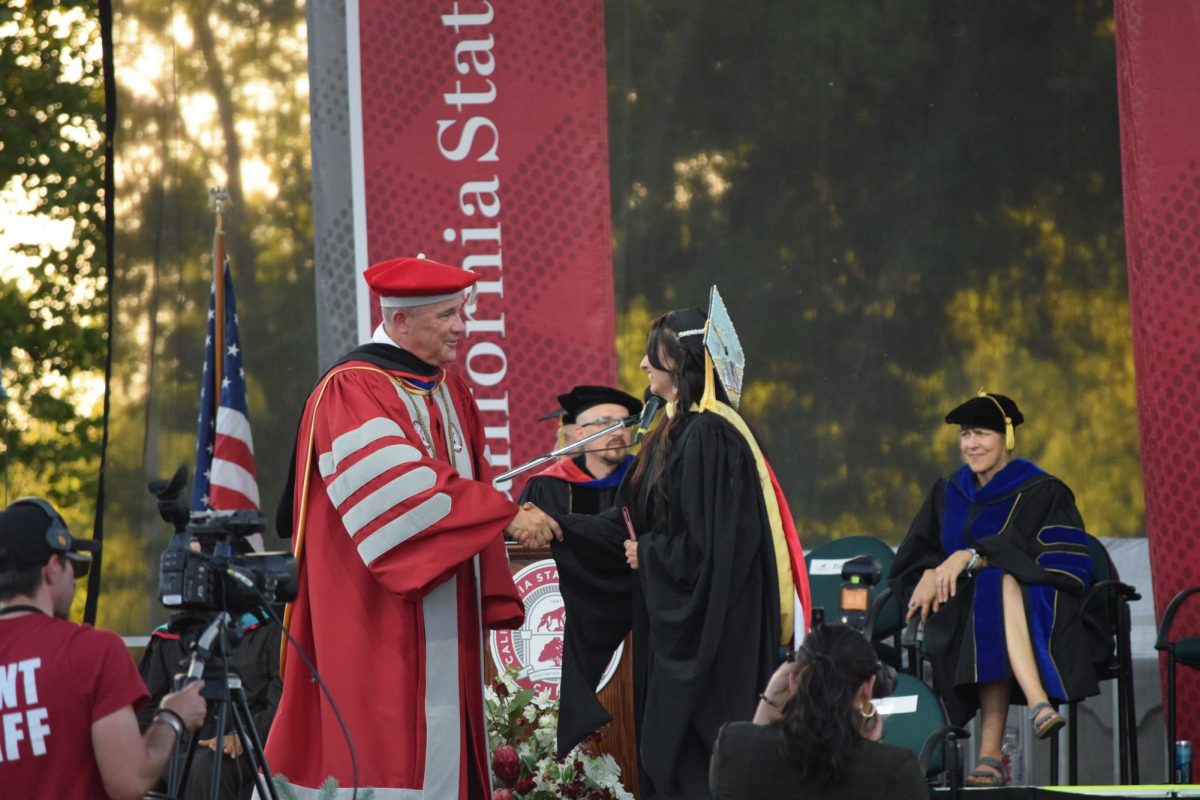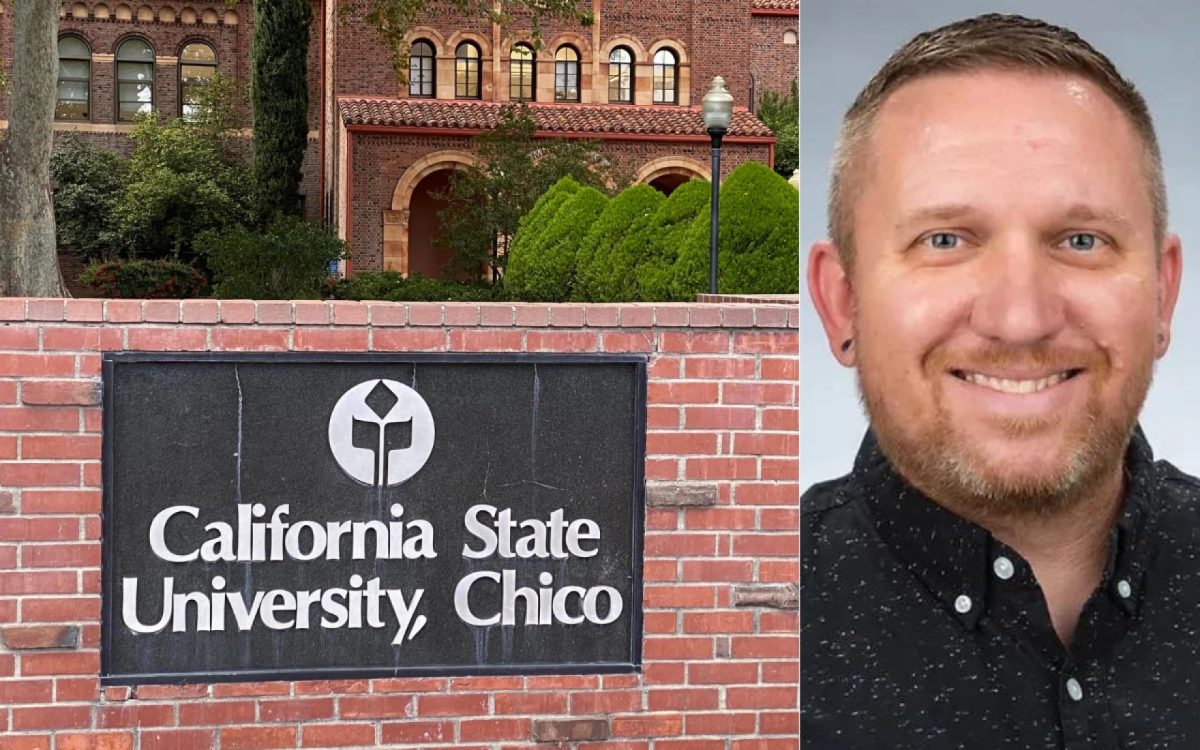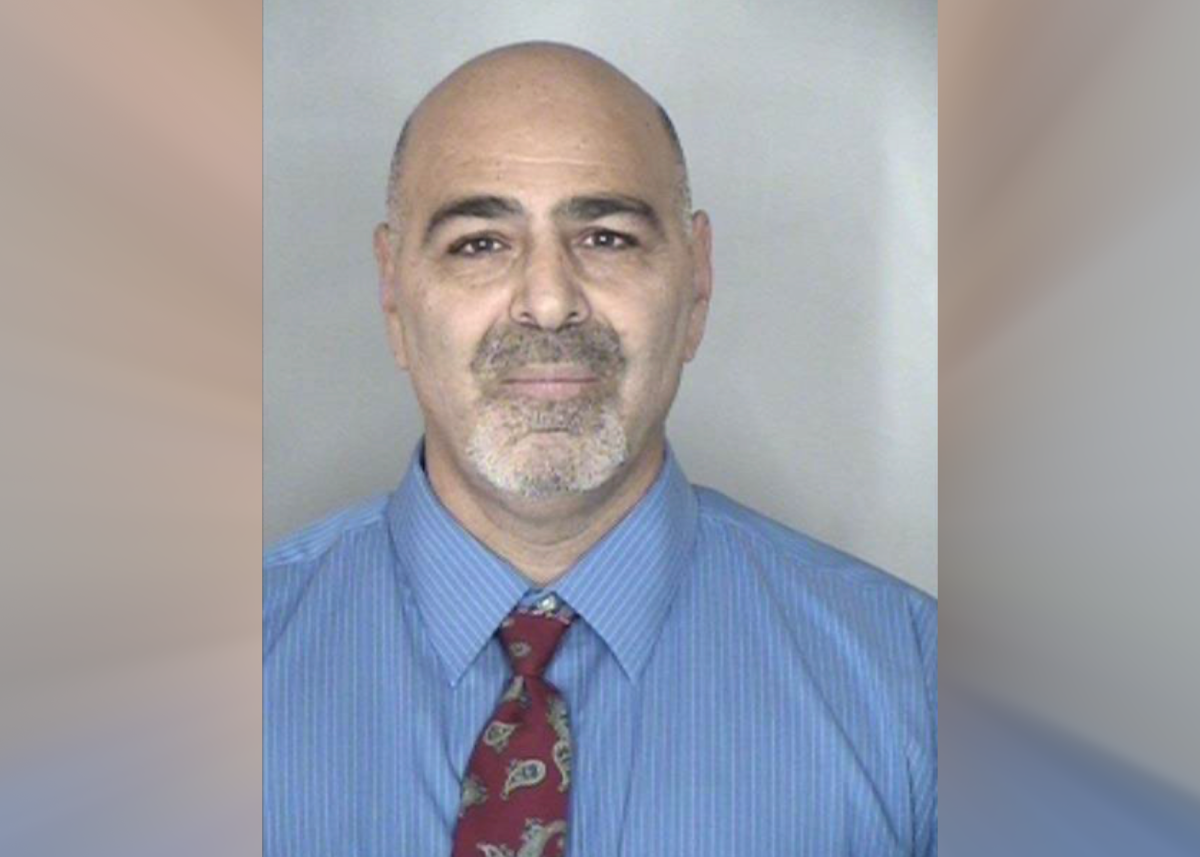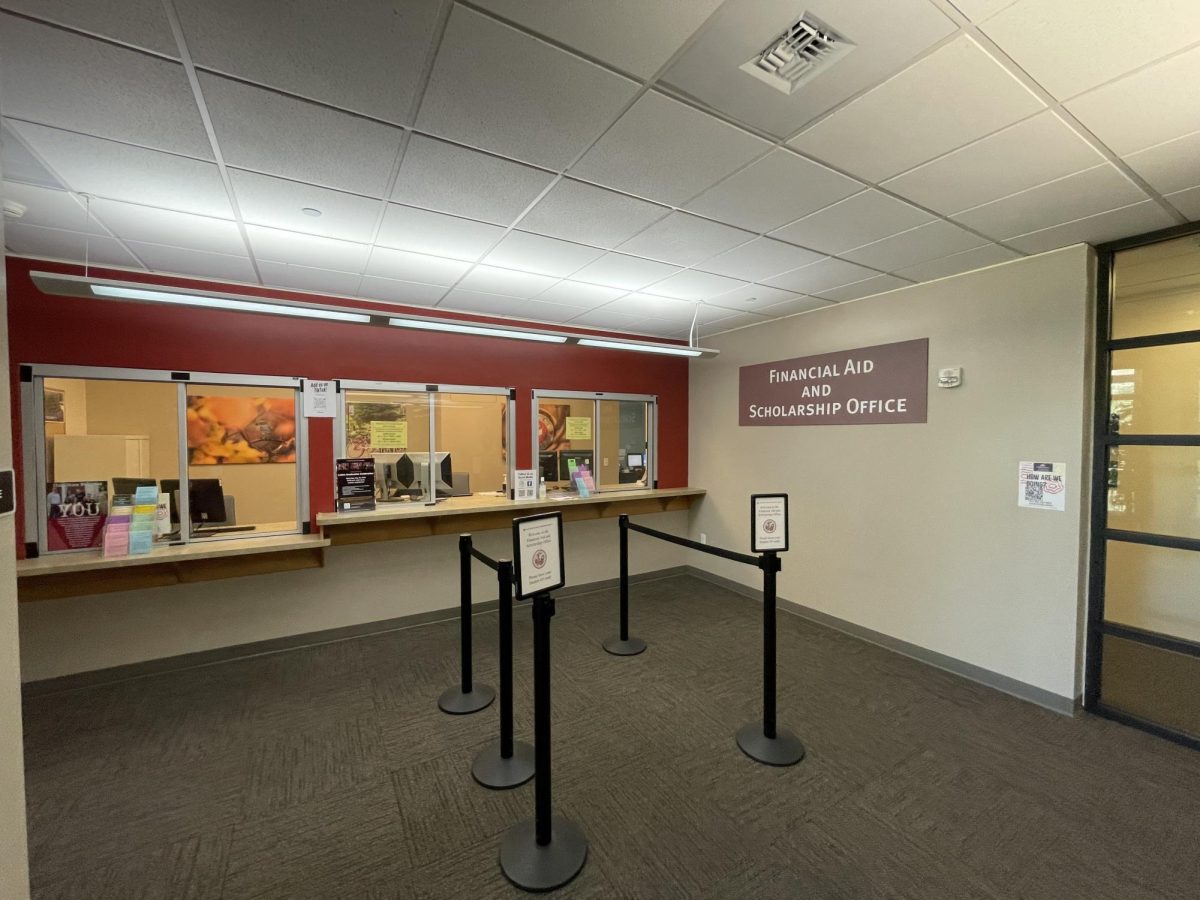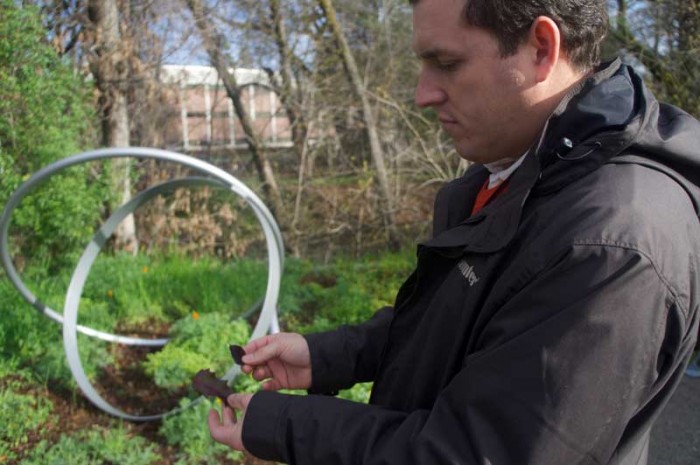
Students walking through the Chico State campus will find trees and plants from the East Coast, Europe and Southeast China.
In fact, 90 percent of the campus harbors non-native flora, said Michael Alonzo, the supervisor of grounds and landscape services for Facilities Management and Services.
Though London plane trees, Chinese pistache trees and grassy lawns provide aesthetic value, they require more water than native and drought-tolerant plants, said Kristina Schierenbeck, a biology professor on the Arboretum Committee, which oversees plans for the campus’s trees.
Non-native plants need regular watering — about two to three times a week for 15 minutes, Alonzo said.
Native and drought-tolerant plants don’t need any watering after the first two years. However, facilities and management services waters them once every few weeks for about 35 minutes to keep them green, Alonzo said.
“With the aesthetic component, we want to keep those plants from going completely dormant during the spring, especially as we lead up to the big events for the season,” Alonzo said. “So where they would usually go yellow and brown out, we’ll keep them alive a little bit longer.”
Plans are in place to plant more native and drought-tolerant plants throughout campus, said Luis Caraballo, the assistant vice president for Facilities Management and Services.
However, Caraballo doesn’t plan to make the campus exclusively native because he must keep the campus aesthetically pleasing, he said.
Though not always the prettiest plants, native species are incredibly beneficial to the environment because they don’t need fertilizer, which saves money and time, said Marie Patterson, the department’s assistant manager of utilities and sustainability.
Schierenbeck advocates native plants for their biodiversity. They attract pollinators, which helps local farmers’ crops, she said.
Orange poppies and Oregon grape, both native species, grow next to Big Chico Creek. Native lavender, sage, rosemary and oak ferns surround the Student Services Center, which was designed for sustainability, Alonzo said.
Drought-tolerant plants don’t have to be native. Southwestern plants in front of the Facilities Management and Services building have been basking in Chico’s sun since last summer and survive independently, Alonzo said.
A 1992 executive memorandum required the campus to consult the Arboretum Committee about planting plans and to use recommended plants, Schierenbeck said.
The committee explicitly asked for no Chinese pistache trees for the new parking garage, but the campus still planted them because the planters had already been purchased and would not fit a tree from the recommend list, Schierenbeck said.
Even so, the department has been slowly transitioning toward more water-friendly plants. The drought has highlighted how important it is to do so, Caraballo said.
“When the well challenges us, the backup is Cal Water, and that’s expensive,” Caraballo said. “The well water doesn’t cost us anything other than maybe whatever the electrical system is to use for irrigation, because it’s a natural well.”
Drip irrigation systems have been implemented to reduce water use, Alonzo said.
A watering schedule with weather-based controls will be implemented within the next few months and cover more than 60 percent of campus.
Wes Dempsey, a retired Chico State professor who leads the arboretum tours, advocates sustainable plants on campus, too.
“Many people look with suspicion on these new movements like sustainability,” Dempsey said. “They want to do things like they’ve always done them, but with the drought, we can’t afford that.”
Yessenia Funes can be reached at [email protected] or @yessfun on Twitter.








